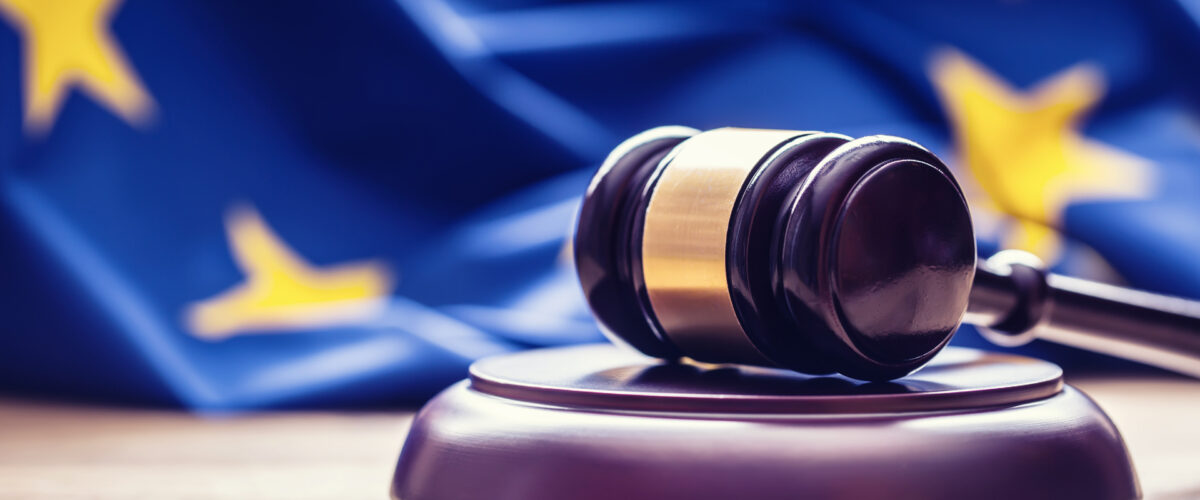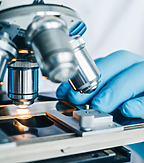Artikel | 24 maj 2021
Medical Devices Regulation– the day is finally here

The Medical Devices Regulation, 2017/745, (MDR) and the In Vitro Diagnostics Regulation (IVDR) are now (finally) set to replace the current three EU-directives on medical devices. While the IVDR is still set to be fully implemented by 26 May 2022, as was originally planned, the MDR will now replace the corresponding directives on 26 May 2021, after being postponed due to the Covid-19 pandemic, as previously reported by Setterwalls here.
Setterwalls has previously reported on the comprehensive new regulations on medical devices replacing the current directives on medical devices within the EU, see here.
The purpose of the new regulations is to ensure that medical devices are safe and effective, while also fostering innovation and improving competitiveness within the sector. Another fundamental purpose of the new regulations is to increase transparency among stakeholders, and the traceability of medical devices compared with the existing directives.
In contrast to the current directives governing medical devices, EU-regulations are directly applicable and do not need to be transposed into national law. Thus, the MDR and the IVDR will also reduce the risks of discrepancies in the interpretation of EU law across the member states. However, the regulations will also be complemented by Swedish national rules, including, for example, rules on the competent authorities and sanctions, as well as implementing and supplementing rules. The national Swedish rules supplementing the MDR are currently subject to consultation among affected stakeholders and will enter into force on 15 July 2021.
Although the new regulations are comprehensive, the basic regulatory requirements on medical devices are similar to the existing rules. However, some changes must be highlighted.
Compared with the previous directives, certain types of products have been reclassified and are now subject to other regulatory demands. The MDR also explicitly includes, for example, devices for cleaning, sterilising or disinfecting other medical devices and reprocessed single-use medical devices. Another highlight is that under the new regulations, manufacturers must have at least one person in their organisation responsible for regulatory compliance who has expertise in the field of medical devices.
However, the most significant changes are those that are derived from the increased focus on transparency and traceability, i.e. the system of Unique Device Identifiers (UDIs) and the parallel European Database on Medical Devices (EUDAMED).
– The UDI system will assign labels to all products, which will enhance the identification and traceability of devices, while also facilitating market surveillance and monitoring. The system of UDIs is also expected to facilitate recall and correction, prevent counterfeiting, reduce the risk of misuse, and improve logistics for manufacturers and the healthcare sector.
– EUDAMED is a database which will include information on operators, such as manufacturers, authorised representatives, importers and distributors, as well as device identifier elements and certificates issued by notified bodies. EUDAMED will also include a system on vigilance, market surveillance and clinical investigations.
Other new features compared with the current directives are more extensive requirements for clinical data and clinical assessment of medical devices, explicit rules on the marketing of medical devices and greater demands on notified bodies.
All in all, the MDR and IVDR place a multitude of new burdens on medical device companies and other stakeholders in the industry. It is therefore important for all types of operators to ensure compliance with the new regulations. For a transition period, certain products certified under the directives and products certified under the new regulations may coexist on the market, since some devices with certificates issued under the Directives may continue to be placed on the market until 26 May 2024.
Setterwalls Life Science team has extensive knowledge in the field and is happy to assist with any questions regarding the MDR and IVDR as stakeholders in the industry now enter a new chapter.


